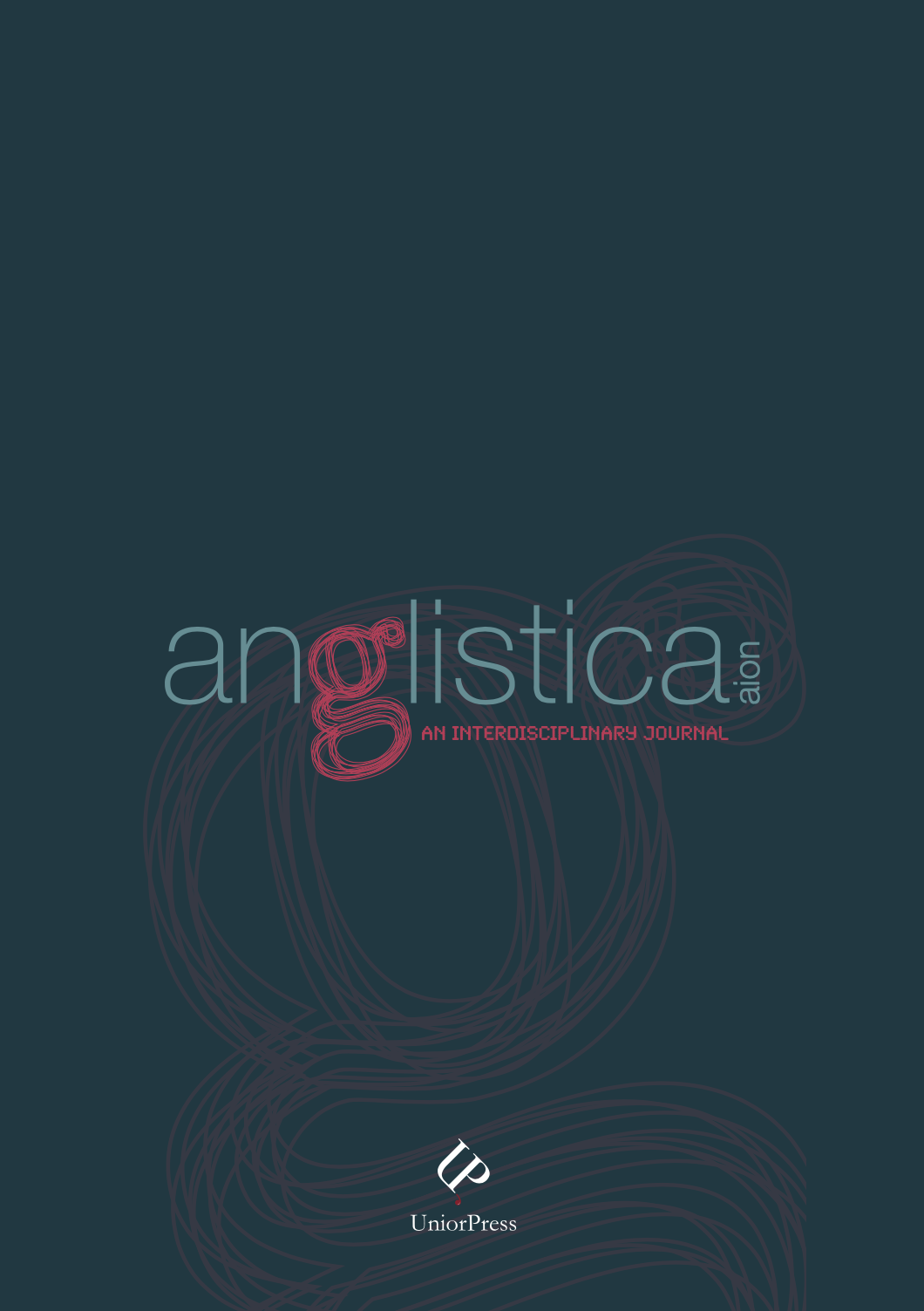A Postcolonial Cybersemiotics
Tradition and Modernity in Shobana Jeyasingh’s Chaosmopolitan Choreographies
Abstract
This article discusses the articulation of postcolonial thought through the expressive form of choreography, and its relation with a variegated geographic and cultural dimension. It analyses the works of Anglo-Indian choreographer and performer Shobana Jeyasingh, particularly focusing on her use of the Bharata Natyam Indian dance, a technique consisting of detailed hands and feet gestures performed while standing on a bent-knees position. By drawing on Charles S. Peirce’s semiotics, on Gilles Deleuze and Felix Guattari’s philosophy, and on the cybernetic theories of Ilya Prigogine and Isabelle Stengers, the article investigates how dance can be considered as a technique rather than a language: a movement technology producing sensations and meanings at the same time. By combining the classicity of Indian tradition with that of Western contemporary dance, Ruma Devi with Merce Cunningham, the purity of the dancing body with its mathematical patterns, and by incorporating video technology to the live performances, Jeyasingh’s choreographies are able to suggest a cybernetic sense of sacredness, intended as a material connection between the dancing body and its (past and future) spatiotemporal enviroment(s).


